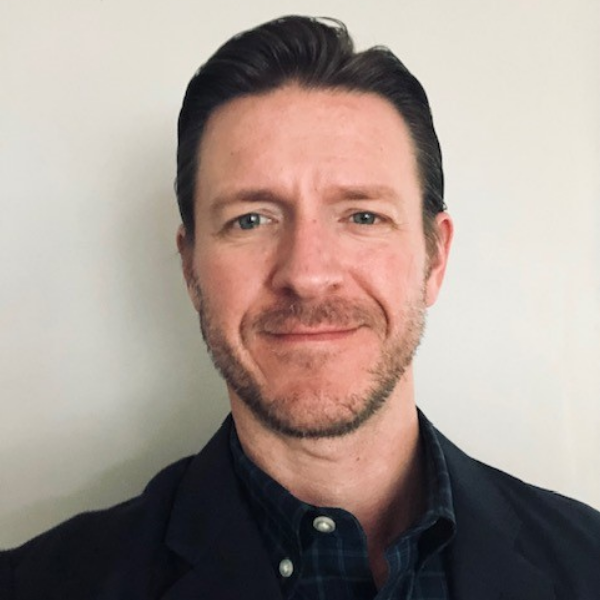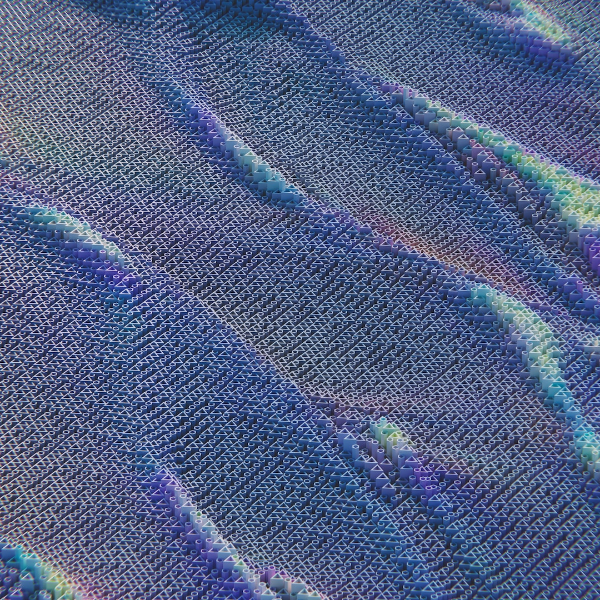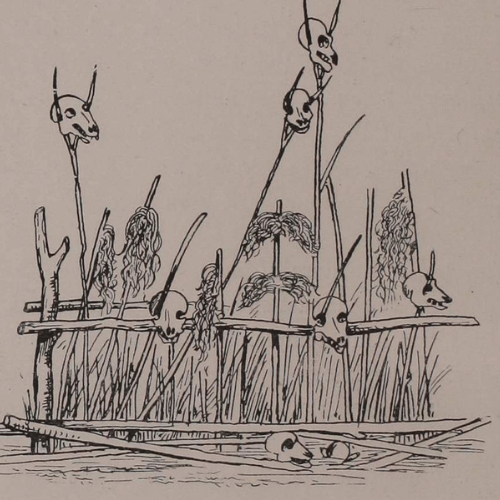Enhancing Research Integrity in the Face of Changing Technology and Policies: The latest insights
See how we can collectively strengthen research integrity
January 10, 2025
During STM’s Integrity Day: Trust Beyond the Manuscript, Mike Streeter, our Director of Research Integrity Strategy and Policy and COPE Council Member, shared his insights as a panelist from the session on Policy & Practice. Here, we're highlighting his key takeaways from the full event, covering systematic manipulation, transparency in retractions, navigating ambiguity, artificial intelligence (AI), and policy changes. Plus, we share his advice for everyone in the academic publishing community looking to strengthen research integrity.

1. How do journals and publishers navigate dealing with systematic manipulation and balancing transparency and efficiency in retraction notices?
MS: Increasingly, as journals and publishers manage cases of systematic manipulation at scale, we are faced with gray areas in our investigations. For instance, we may not uncover “traditional” integrity issues in the form of something like data manipulation, but we may identify patterns across articles or manuscripts that suggest intent to undermine integrity. Retraction notices in these instances will point to the overall manipulation that we have uncovered rather than all of the investigation details to avoid that information being further used against the publishing process. This can make the process of retraction more efficient where we are managing investigations at scale but may be considered a shortfall in that inevitably there is less transparency in the notice. We will continue to innovate in our approach to maintaining the trust and accuracy of the scholarly record.
Wiley is introducing new technology, supported by AI, to identify patterns of manipulation at scale at different points in the submission and publishing workflow. We see the same types of progress being made in the development and implementation of community driven efforts like the STM Integrity Hub. Technology is not the only solution, but it will remain essential in addressing concerns at volume. New technology can mean an increased number of signals that require escalation and action. Are these signals robust to the extent that we can convert them into meaningful investigations? Certainly, some are. Others, where evidence of potentially undisclosed use of AI is identified, need further refinement and interpretation.
2. What were the key takeaways from the event that you found most impactful for the academic publishing industry?
MS: The practice of research integrity by publishers is focused on ensuring accountability for what we have published as well as accountability for what we decide to publish. There is a real investment of time and passion by independent researchers to ensure that publishers and journals are accountable for their publications and policies.
Hearing directly from individuals commonly known as research integrity sleuths, and the initiatives they feel are important priority areas either for institutions or publishers, was especially relevant. These include:
- Recognition of the important work they do, both at the institutional level where they are employed, given this work has value beyond their own subject area, and by publishers who act because of concerns raised by this group of researchers, is needed. For publishers, that’s recognition in post-publication amendments, and perhaps other forms of recognition that might lead to deeper collaborations.
- A desire to see journals and publishers bringing more transparency to what they publish. That means opening up peer review, sharing data, preprinting, facilitating registered reports, and transparency around editorial decision-making.
- Greater efficiency in communication across stakeholders, primarily from journals or publishers to researchers raising concerns. What has been the outcome of the investigation, what progress is being made, how are the institutions being informed of the concerns that have been identified and where you have taken action?
- Expanding on the point above, there is important work being done through the United2Act initiative focused on improving understanding of responsibilities across stakeholders. Specifically, the recommendations published by U2Act’s Working Group 2 address these efforts around communication across stakeholder groups in different stages that lead to post-publication corrections.
3. How do you think new technologies, such as AI, are influencing research integrity and academic publishing?
MS: Fundamentally, the use of Generative AI (GenAI) tools is significantly changing the way that research is being done. Outside of research, I feel we all recognize that AI plays a role in many if not most of the products that we purchase and consume. Ultimately, we need to best understand how researchers are using GenAI tools in their day-to-day work, how that use is evolving, and provide the appropriate guardrails in our publishing policies and processes to support their ethical use, while preserving the unique contributions of human intellect and oversight.
Separately, as the efficacy of these tools improves, they will increasingly be used in ways that are generally undetectable by journals and publishers, in a manner that could be used by bad actors to undermine the publishing process. We acknowledge this vulnerability as an industry, and we need to continue to invest in methods of detection that keep pace with new breaches of integrity that are facilitated by GenAI.
4. Can you provide an example of a recent policy change that has affected research integrity?
MS: In March 2024 we launched our Editor Code of Conduct to set the expectations around the important responsibilities that decision-making editors have in their roles leading journals that Wiley publishes. This code is not intended to lay the responsibility for research quality and integrity squarely on the shoulders of editors. As publishers, we have a responsibility to ensure that editors are well-supported in their roles and that they have the tools and infrastructure to do their jobs effectively. Editors have difficult jobs; we see the code as a way to facilitate transparency about how we work with editors and our shared responsibilities.
At times, editors are the first point of contact for integrity concerns raised by a third party. Editors are not alone in resolving these concerns; Wiley’s research integrity team collaborates with editors to address, investigate, and provide support for outcomes. The code is a living document, and we will continue to make updates as the landscape evolves. In November, for instance, we included a section addressing bribery and corruption in response to reported attempts by bad actors to financially incentivize editors to accept manuscripts.
5. How do you foresee the future of research integrity evolving with new technologies and policies?
MS: In one word it’s establishing the right “prevention” mechanisms to identify potential integrity concerns at submission, during peer review, and before publication. There are a number of research integrity tools available in the market, Wiley is developing and has deployed its own tools, and the STM Integrity Hub has early identification as its strategic focus. The next step is implementation. Technology, human interpretation, and editorial insight at the journal level need to work in alignment to ensure preventative screening is effective.
In the policy space, there’s opportunity to better operationalize editorial and integrity policy in our submission and peer review workflows through our publishing platforms. For instance, it’s one thing to say that a journal has a policy governing conflicts of interest, it’s another to provide assurance that that policy is being put into practice. The appropriate screening procedures, enabled by tools, can help to disclose things like potential conflicts of interest that can then be evaluated by an editor or by a member of the journal’s publishing team. Relying strictly on author or peer reviewer disclosure, in this example, opens the possibility of missing these conflicts if they are only reviewed manually.
6. How can academic publishers better prepare for and adapt to rapidly changing policies and new technologies?
MS: All stakeholders involved in research and publishing have a responsibility for the quality of what they approve, accept, and publish. However, we are all aware that our existing systems of verification and approval are subject to vulnerability, and that we ignore those vulnerabilities at the expense of the trust in the research and publishing enterprise. There are significant market forces behind systematic manipulation; it’s in response to a need for increased publication output, for recognition through citation, and it’s financially beneficial to the networks and paper mills that drive manipulation itself.
We need to get better at the real-time understanding of the new and various forms of manipulation that seek varied routes to gaining a foothold into our processes at institutions, in journals and at publishers. Comprehensive screening not only puts us in a position to identify concerns early, it also paints a picture of where we might see a spike in a new type of activity intended to undermine research and publishing processes. That understanding of new rather than existing trends and our ability to introduce agile safeguards and communicate what we’ve found will serve to mitigate ambiguity in what we are seeing occur across the integrity landscape.
7. Were there any speakers or sessions at the event that stood out to you? Why?
MS: The work that is being led by the STM Researcher Identity Task & Finish group fills an important gap in the thinking and work publishers and journals need to do in verifying the identities of authors, peer reviewers, and decision-making editors. Their first report is now available, with recommendations to follow.
Importantly, this group acknowledges that any steps that we take to verify identity need to recognize that unnecessary barriers to submission and publication should not penalize legitimate researchers; we need to strike a balance. There are reasonable steps that we can take to establish trust that the people submitting articles are who they say they are and that they do the type of work and research that they report in their submissions. Some of the most “severe” actions taken by bad actors, according to the report, seemingly happen with the greatest “frequency.” That is: submitting fake content, recommending fake reviewers, and submitting fake reviews, among others.
In addition, the progress that’s been made over the last year by the five working groups in the United2Act initiative is impressive. The scope of that progress includes at least 10 published pieces to date with an intended audience of all stakeholders involved in research and publishing (accessible from the individual working group links). These outputs address paper mills specifically, from terminologies associated with different forms of systematic manipulation, to specific calls for research on how they work, and approaches to correcting the literature following investigations. The initiative demonstrates the value of shared expertise and collaboration in action across scholarly communications.
8. What advice would you give to others involved in the academic publishing community?
MS: This was the fourth research integrity day hosted by the STM Association in the UK and US. Earlier events were primarily focused on the investigation of paper mills at scale, and increased instances of mass retractions undertaken by journals and publishers. This latest event serves as evidence of the many opportunities, inside and outside the STM Association, that all stakeholders must engage with one another to address the varied pressure points and vulnerabilities to research integrity. Those vulnerabilities are not restricted to the publisher, they are present in different stages of the research process. We know that we can work effectively together across research and publishing.
My advice, and I know that I share this sentiment with others present at the event, is to get involved in working groups and other collaboration opportunities that are available to everyone in the community.
Beyond STM, there is the Committee on Publication Ethics, United2Act, the World Conference on Research Integrity, opportunities to contribute to subject area guidance such as the International Council for Medical Journal Editors guidelines, and the International Congress on Peer Review and Scientific Publication, to name a few. There is no shortage of expertise needed due to the diverse nature of research and publishing integrity work.











